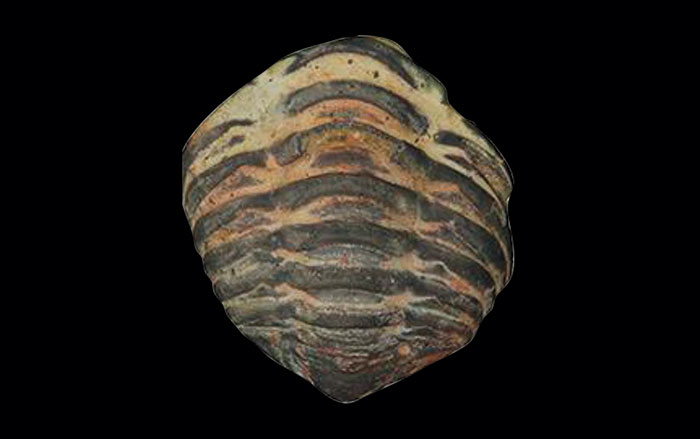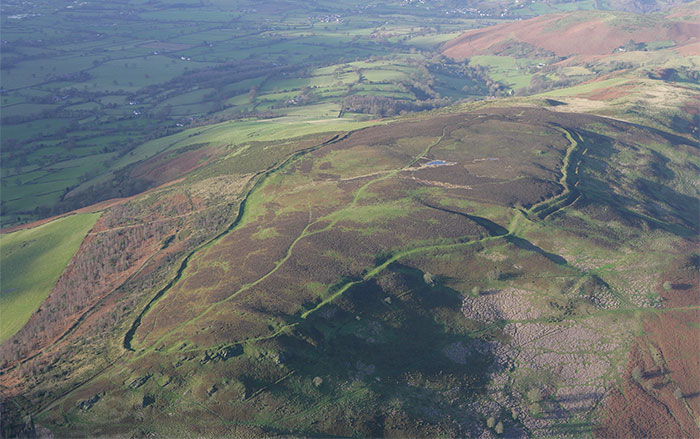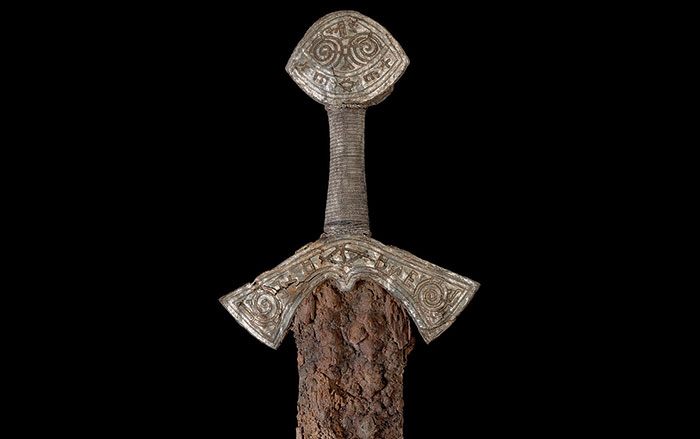
CAMBRIDGE, ENGLAND—Archaeological evidence suggests that Europeans conquered by the Roman Empire experienced a gradual increase in intestinal parasites and ectoparasites, such as lice and fleas, in spite of Roman sanitation technologies. “Modern research has shown that toilets, clean drinking water and removing feces from the streets all decrease risk of infectious disease and parasites. So we might expect the prevalence of fecal oral parasites such as whipworm and roundworm to drop in Roman times—yet we find a gradual increase. The question is why?” Piers Mitchell of Cambridge University asked in a press release. He thinks that the warm communal waters of the bathhouses, which may have been changed infrequently, could have contributed to the spread of parasitic worms. The Romans also used human excrement from the public latrines as a crop fertilizer. And the widespread use of garum, a condiment made from uncooked, fermented fish parts, may have contributed to the increase of fish tapeworm eggs during the Roman period. “It seems likely that while Roman sanitation may not have made people any healthier, they would probably have smelt better,” Mitchell said. To read about the Roman Empire's rise to power, go to "Rome's Imperial Port."











